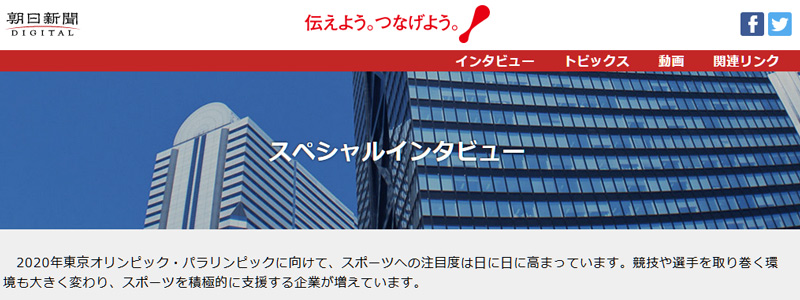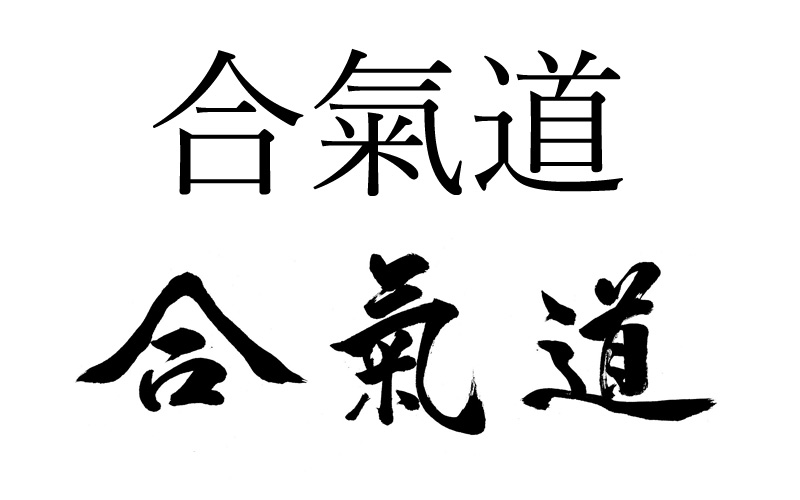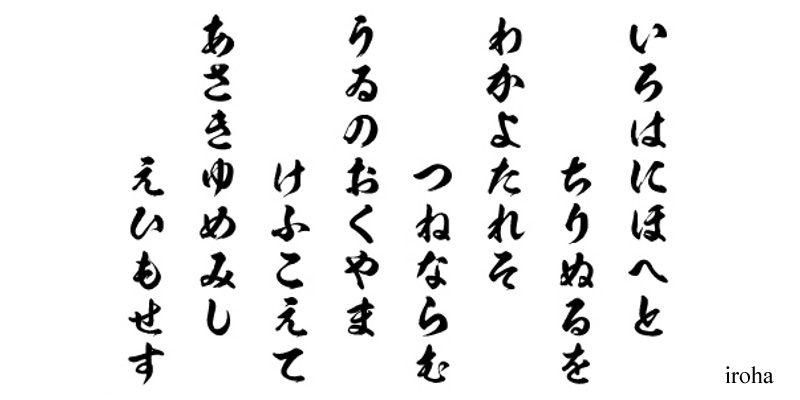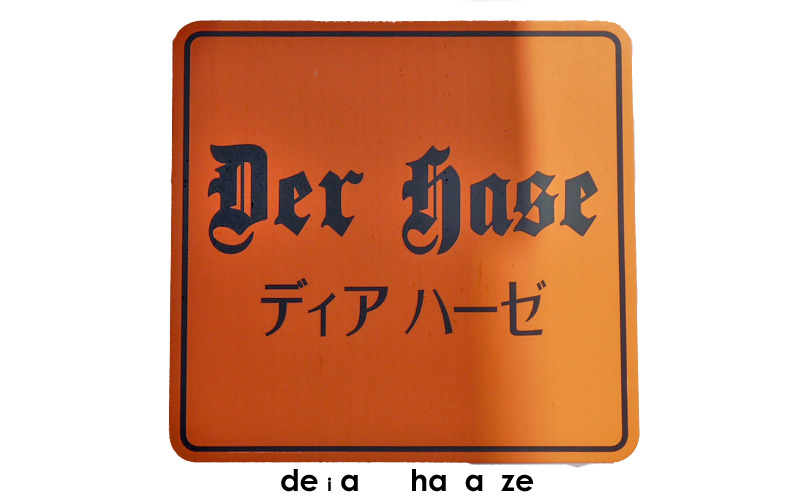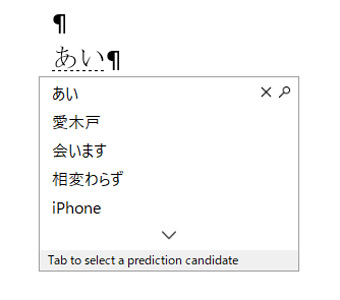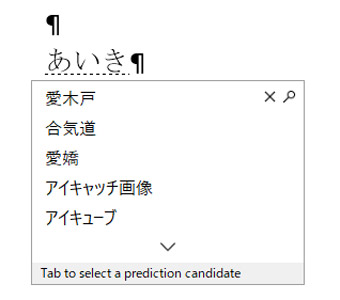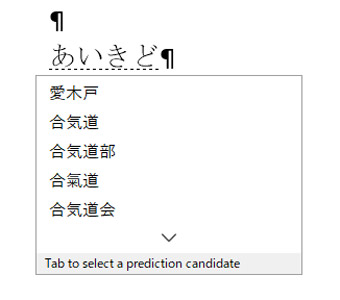Kanji
The Kanji characters allegedly came to Japan in the late 4th century via a Korean scholar with Chinese Confucian texts. They usually have at least two readings (pronunciations). On the one hand, the original Chinese term in Japanese pronunciation, and then the Japanese equivalent of that term. As an example let's look at the character 道 from Aikido. From the Chinese comes the reading Dō, which means way or method in Confucian texts. The Japanese word for way/street is michi. For michi was then used the chinese character. From pronunciation alone you often can not clearly identify the term. First example: There are more than 4 dozen characters with different meanings which are all pronounced ki. Aikidoka know the 気 or in traditional writing 氣. A tree is ki 木 in Japanese, 汽 is water vapor, 機 plane or machine, etc. Second example: In Aikido we know the word uchi, as in yokomen uchi. There the meaning is blow/strike (打ち). With kaiten nage there is the form uchi (内), i.e. inside, when you step forward under uke's arm. But the Japanese word for "at home" is also uchi and is written with the Kanji 家.
Since the last orthographic reform in 2010, there are 2,136 official Kanji, set by the Japanese Ministry of Education. There are more than 50,000 kanji in total.
When writing kanji by hand you have to follow a certain order and direction for the strokes. There are some basic rules for the correct sequence, but often you have to just learn it by heart. The order of the strokes becomes especially important when the kanji are written fluently.
Link:
NHK Kanji
